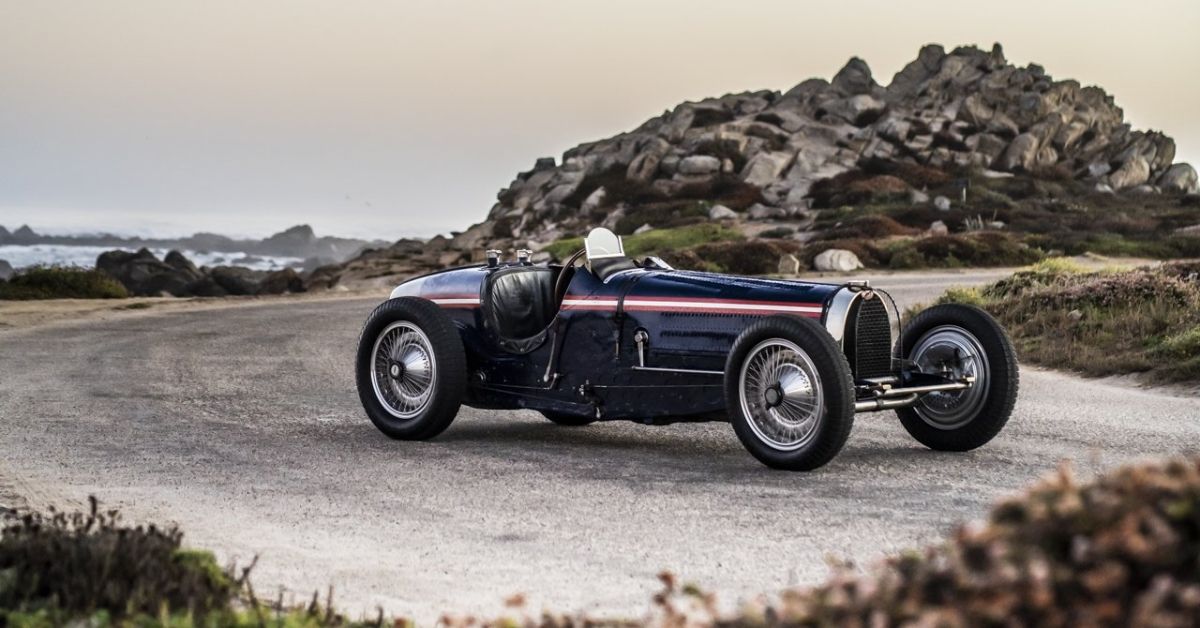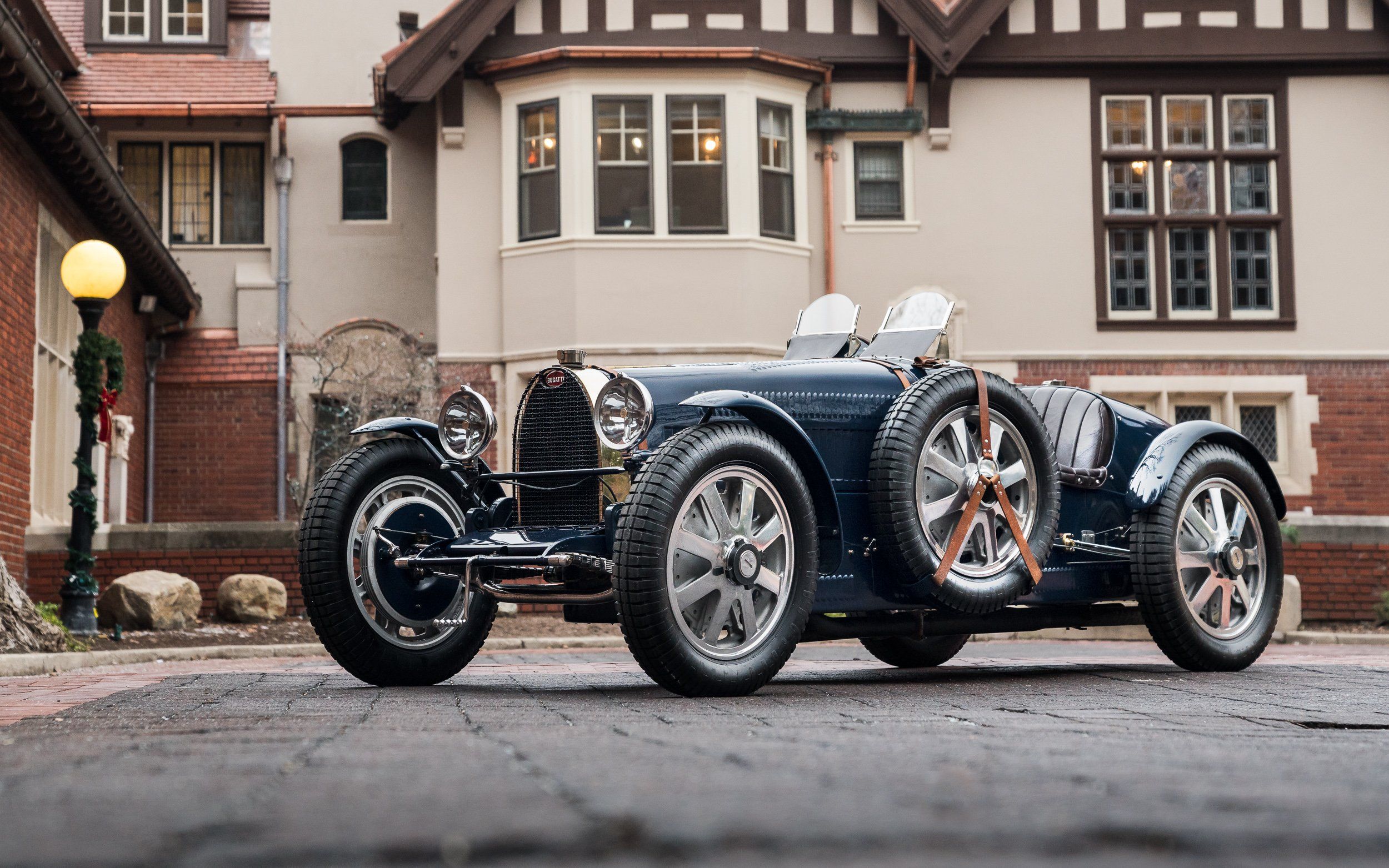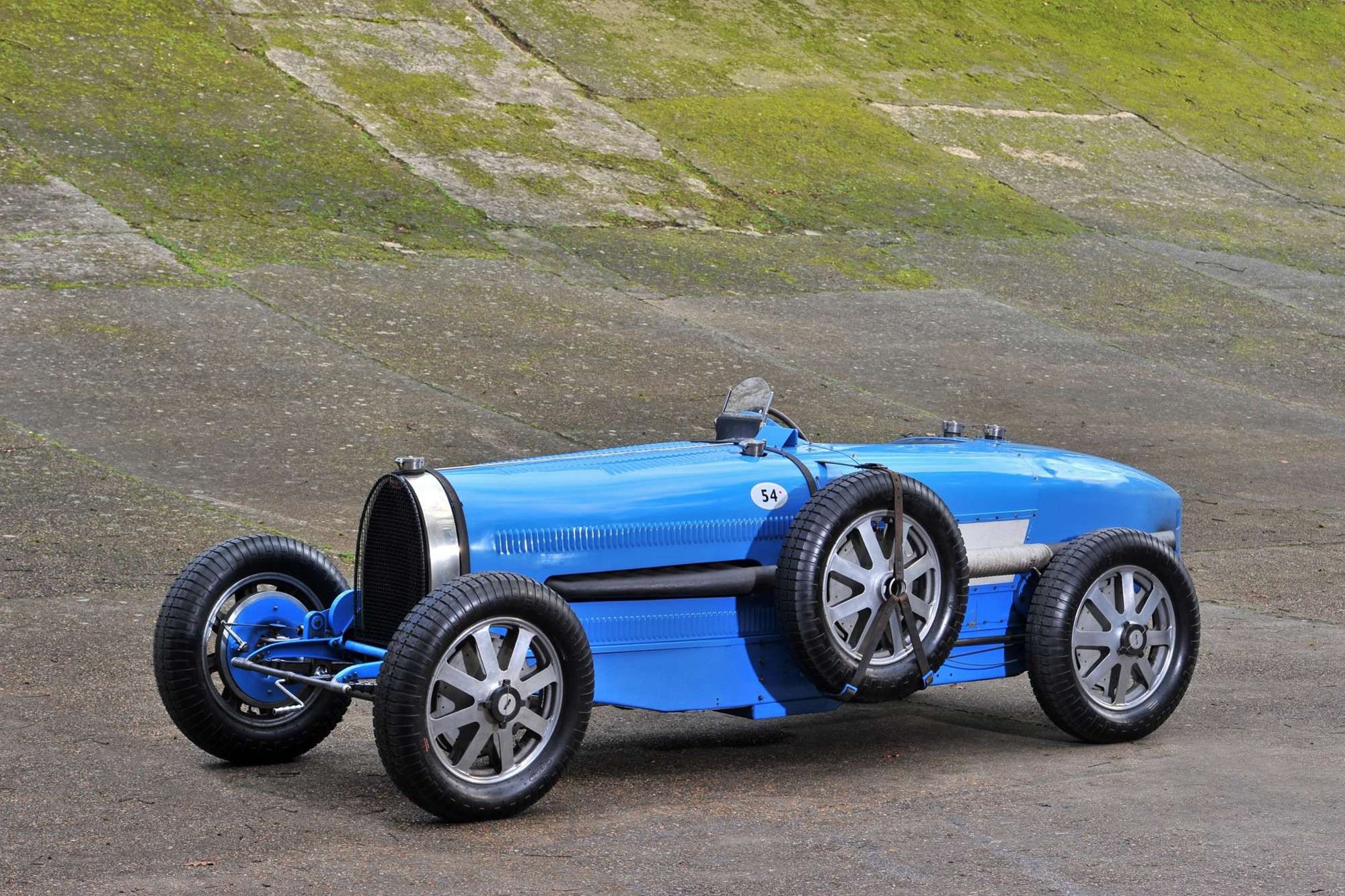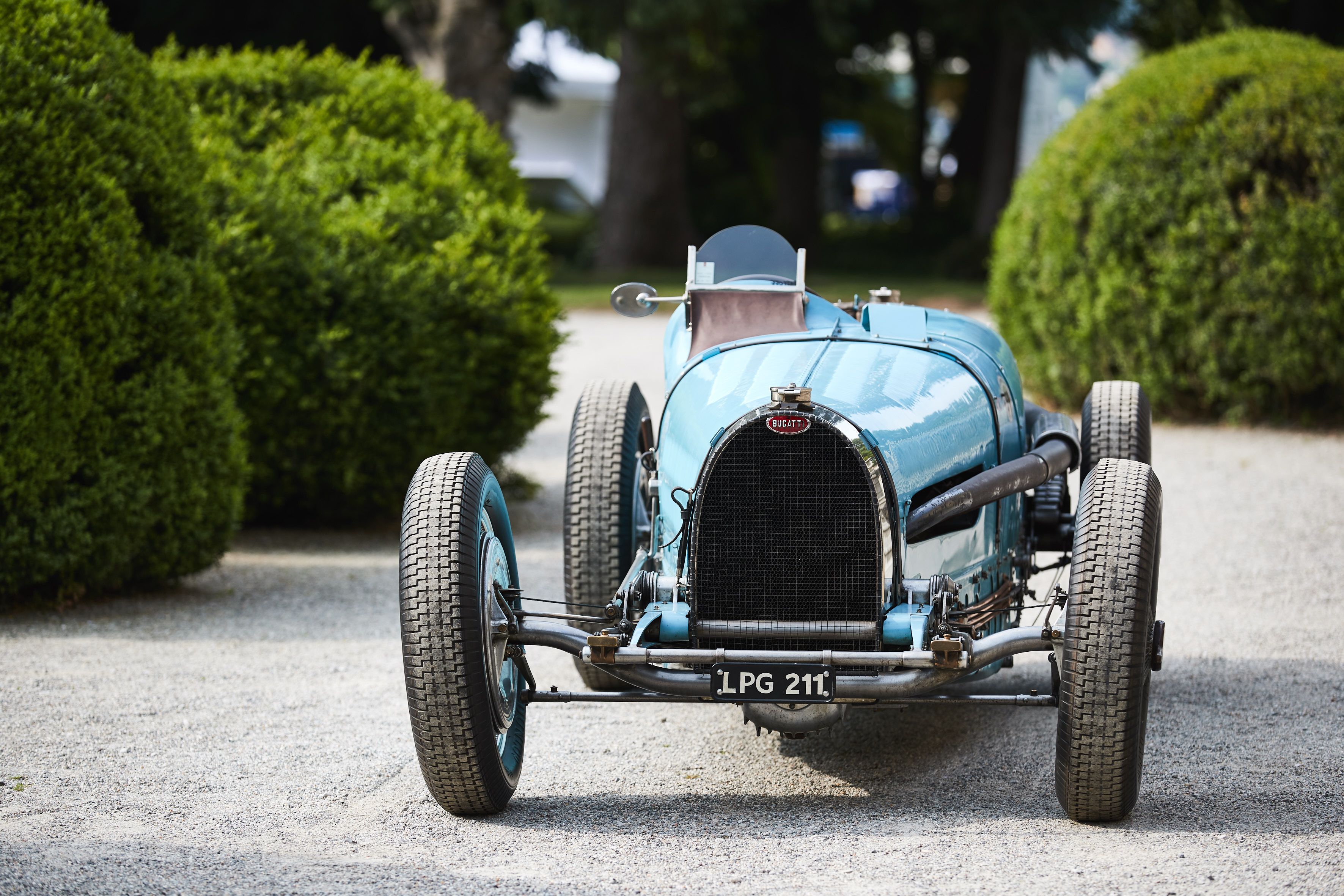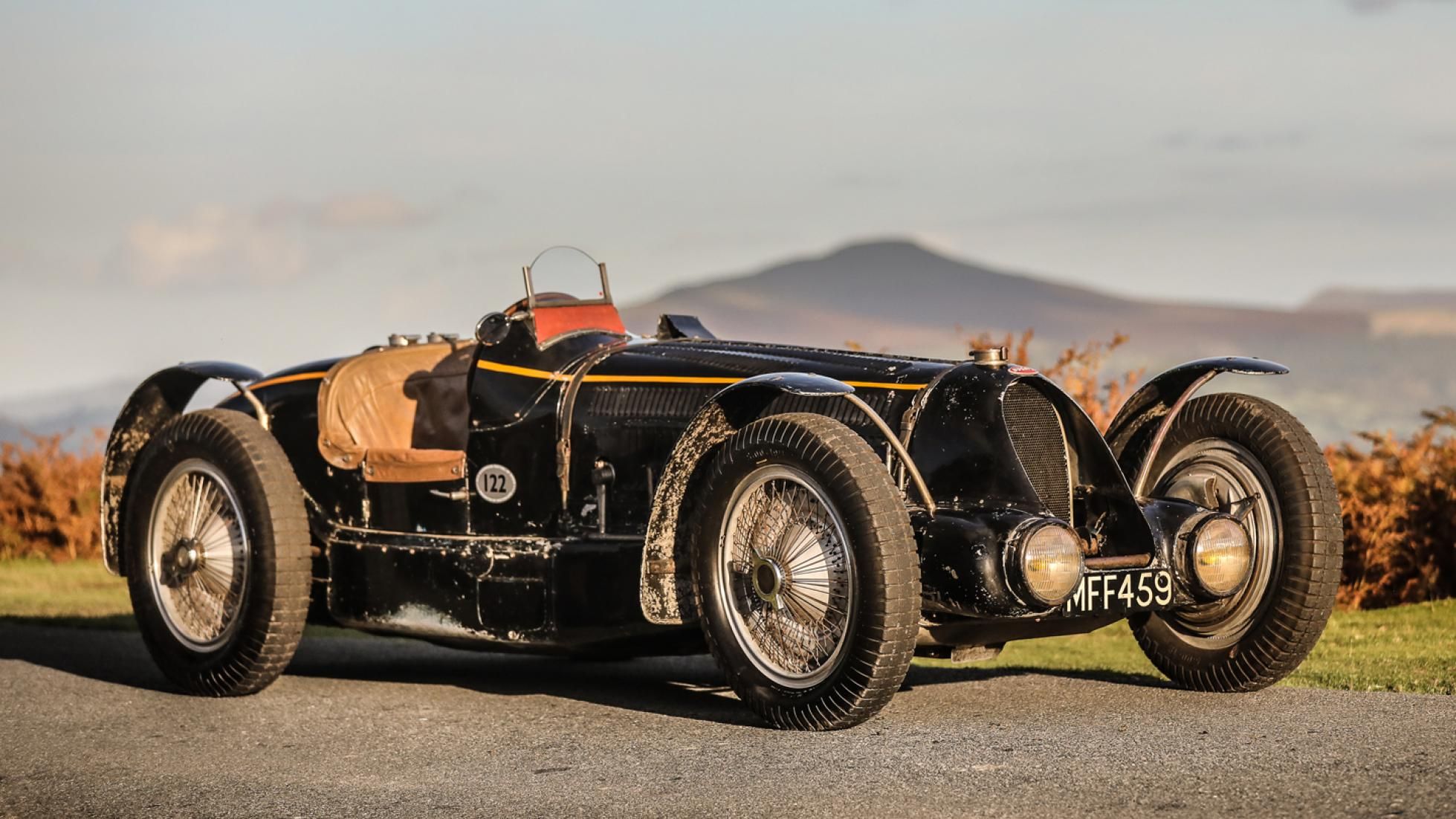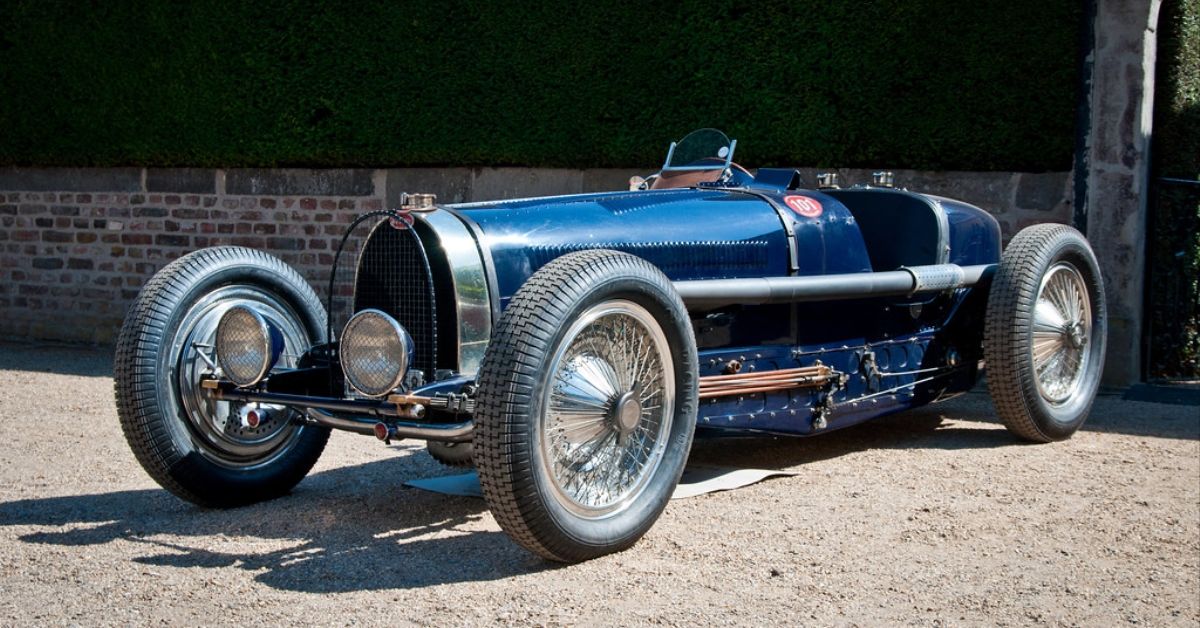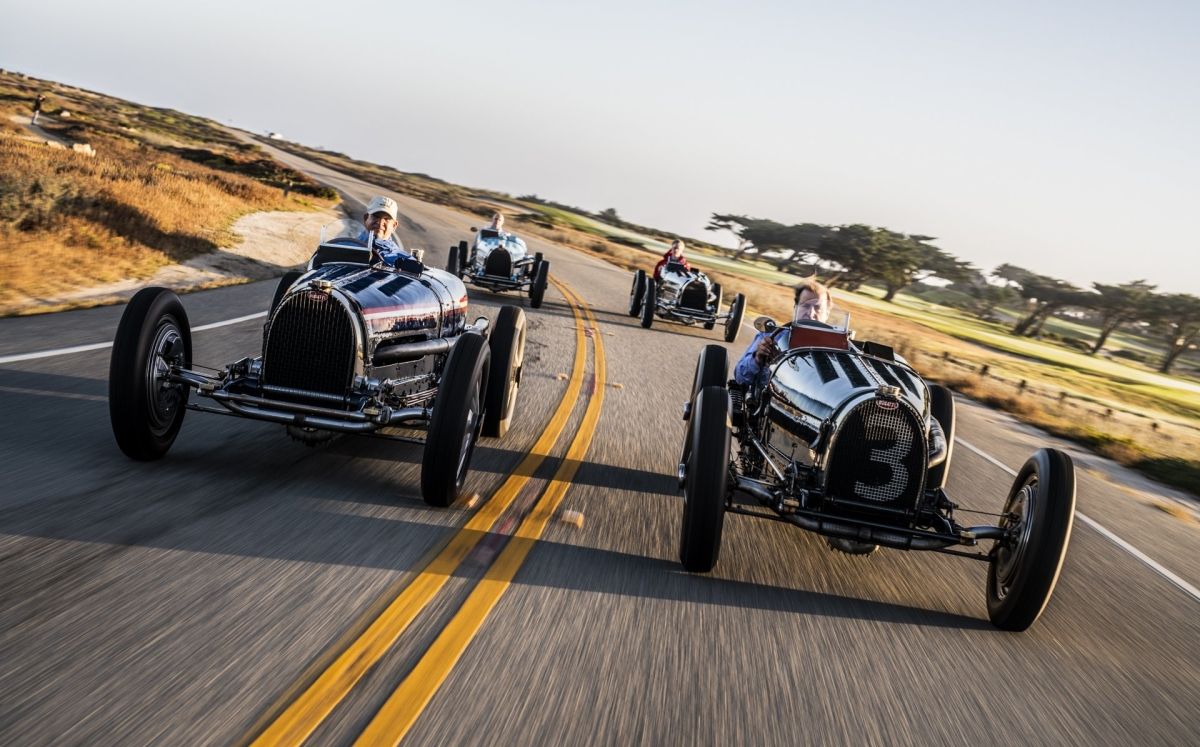Bugatti is a curious case of a car company. It was originally founded back in 1909, but in its original incarnation it produced little more than 8,000 cars, and pretty much ceased to exist following the death of Jean Bugatti in 1939 and then the death of his father and founder of the company, Ettore Bugatti, in 1947. This meant there was no successor to lead Bugatti, and in its original guise it became defunct in 1963. However, it now lives on as part of the VW Group and has produced cars such as the Veyron and Chiron, plus their first supercar, the iconic EB110.
Famed for its racing and aviation operations, the 1930s were a bit of a golden era for the company. It is perhaps those early Grand Prix racing cars that the Bugatti company is most famous for, and they certainly produced some of the most beautiful automobiles in the history of cars. One of the most iconic surely has to be that of the Bugatti Type 59, that originally started out in 1931 as the Type 51, a car that saw some success but overall could not compete with the cars from Germany and Italy. But as we will see throughout this feature, the ultimate evolution of the car, the Type 59, is possibly the most beautiful Bugatti race car of all time.
Origins Of The Type 59
What became the Type 59 first appeared back in 1931 as the Type 51. This car was powered by a 160 hp twin-overhead cam supercharged 2.3-liter engine, a development of the power plant with a single-cam straight-8 found in the legendary Bugatti Type 35B. Indeed, the Type 51 was visually quite similar to that of the Type 35B, showing the direct lineage between the two. Remarkably, limited success fell the way of the Type 51 and around 40 Type 51s and 51As were produced in total. The 1931 French Grand Prix win was one of the few moments of success for the Type 51.
The car would evolve further, into the Type 53 and subsequently the Type 54. The Type 54 also appeared in 1931, this time being powered by a 4.9-liter twin overhead-cam engine, which produced almost double the power output of the Type 51 at 300 hp. Nobody truly knows how many of these were built, with it rumored that only four or five of these cars were ever created. This makes the Type 54 one of the rarest Bugatti's ever created, and one of the world's rarest race cars. The first example built, chassis number 54201, is still in existence to this day.
The Type 59 Itself
The final evolution of the Type 51 was the Type 59 itself. This would turn out to be the final Bugatti racer of the 1930s, and the Type 59 first appeared in 1934. It was powered by an enlarged 3.3-liter straight-eight engine, an upgraded version of the straight-eight found in the Bugatti Type 57. This was all mounted to a modified Type 54 chassis to create the Type 59. It was a lighter version of the previous, with a lower center of gravity, but it still retained classic Bugatti features such as the now signature Piano Wire wheels.
Often described as the ultimate Bugatti Grand Prix car, the Type 59 did achieve some success. One example that was part of the Bugatti Racing Team in 1934 and 1935 won the Belgian Grand Prix in the former year, when raced by famous French racing driver Rene Dreyfus. In 1937, it was converted into a sports car and eventually found its way into the hands of King Leopold III of Belgium. This truly unique machine is still around today, and in 2020 it was put up for auction by Gooding & Company of Great Britain. The car sold for an astonishing £9.5 million, or $13.2 million, a truly staggering amount of money.
A True Work Of Art
The Type 59 seems to resonate the most with people when they speak of Bugatti’s Grand Prix racing cars. Remarkably, just seven of these stunning pieces of art were ever built. Despite it not being the company’s most successful car, that hasn’t stopped it winning a place in the hearts of many classic car and racing fans. The long, low, slim and slender body work, coupled with the Piano Wire wheels and other intricate design details, further elevate it above all other Bugatti racers. It debuted just prior to the company’s true demise, and thus it is perhaps the fitting swansong to what we know of as the original, true Bugatti.
Of Seven Built, Four Remain
Just four of these remarkable cars are in existence today. In 2019, Classic Driver was able to bring the four survivors back together for the first time since 1935 which led to some of the most beautiful shots of these iconic Grand Prix cars we have ever seen. The Type 59 is almost certainly one of Bugatti's most iconic cars. What helped to make the car so special, was the fact it still had the lineage from the Type 35, another much loved Bugatti racer of the era. Proportionally, there is an argument to say that the Bugatti Type 59 is the most beautiful Grand Prix car of the 1930s. Even little things such as the riveted spine on the tail section just stand out on the Type 59, and among all other racing cars of the era. Art can be subjective. Surely there is no argument against saying, however, that the Bugatti Type 59 is art in one of its most beautiful forms.
Sources: My Drive, Classic Driver, Fiskens, Flikr Robb Report, Gooding & Company

